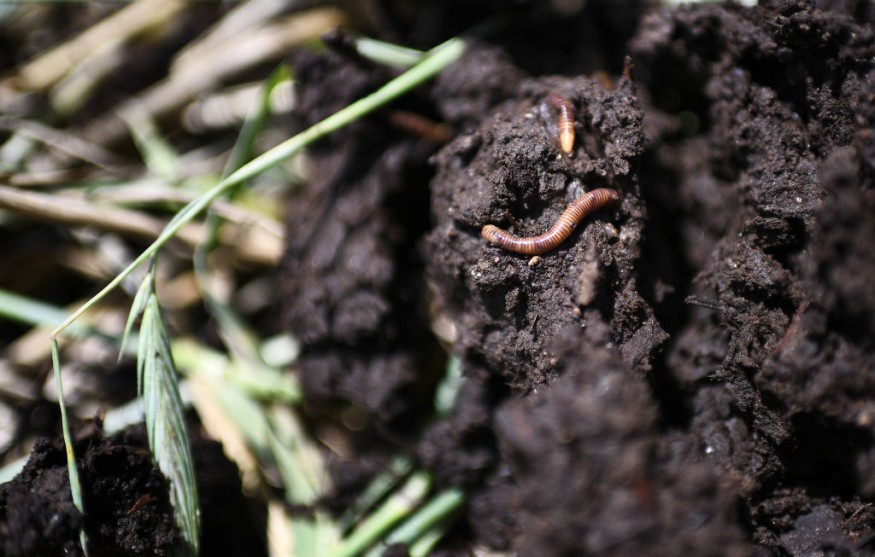
The invasive alien earthworm is expected to increase its population due to human activities, which scientists see as a threat to native earthworm species and is reshaping North American ecosystems.
Human Activities
A new study conducted by Stanford University found that at least 70 kinds of invasive earthworms had made their way into North American soil.
The work gives the most extensive database of alien earthworms to date, offering light on an important but underestimated ecological concern.
The researchers used thousands of records from 1891 to 2021 to create a database of native and alien earthworms, which they then integrated with another database showing alien earthworm interceptions at the United States border between 1945 and 1975.
Using machine learning, the team analyzed the pooled records to rebuild assumed introduction channels and the spread of alien earthworm species.
They discovered alien earthworm species in 97% of the soils investigated across North America, with alien colonization higher in the north and lower in the south and west.
Overall, aliens account for 23% of the continent's 308 earthworm species, including 12 of the 13 most widespread. In the United States, just 8% of fish species, 6% of mammal species, and 2% of insects and arachnids are alien.
In Canada, the percentage of foreign earthworms is three times that of native earthworms. Across the majority of the lower 48 states and Mexico, there is approximately one alien earthworm for every two native species.
"These ratios are likely to increase because human activities facilitate the development of alien species that threaten native earthworm species, a phenomenon still largely overlooked," said study lead author Jérôme Mathieu, an associate professor of ecology at the Sorbonne.
Need For Action
Not all alien earthworms will harm native ecosystems. However, the researchers believe that their widespread distribution and unknown influence on a variety of native habitats, including grasslands and conifer forests, warrant serious consideration.
Earthworms, long praised for their helpful roles in agriculture and gardening, are now being scrutinized for their potential as adversaries in natural ecosystems.
The introduction of alien earthworm species to North America, which dates back to the late 1800s, was intended to capitalize on their beneficial effects on soil health. These organisms aerate the soil, help water and nutrients penetrate, and enrich it with their castings.
Non-native earthworms have begun to harm native plants, trees, and wildlife by modifying soil conditions and facilitating the spread of invasive plant species.
For example, in the northern broadleaf forests of the United States and Canada, foreign earthworms stress sugar maple trees by modifying the microhabitat of their soils. This causes a series of cascade effects on the food web, allowing invasive species to spread.
Among other measures, researchers recommend that politicians prioritize prevention, such as encouraging the use of native worms for composting and fishing bait, and early identification through regular monitoring and citizen science.
This work raises awareness of the relatively unknown dynamics of alien earthworm introduction in North America, highlighting the critical roles they play in structuring ecosystems and influencing their function in our human-dominated landscapes.
Related Article : Earthworms Contribute To 140 Million Metric Tons Of Food Production Yearly, Experts Say
© 2025 NatureWorldNews.com All rights reserved. Do not reproduce without permission.





